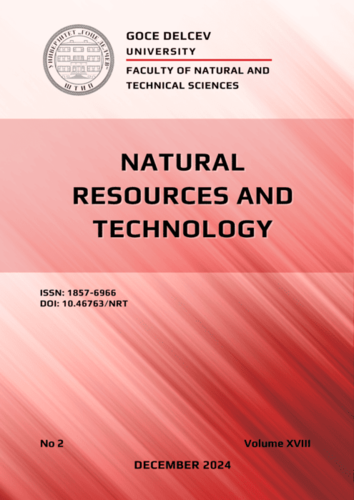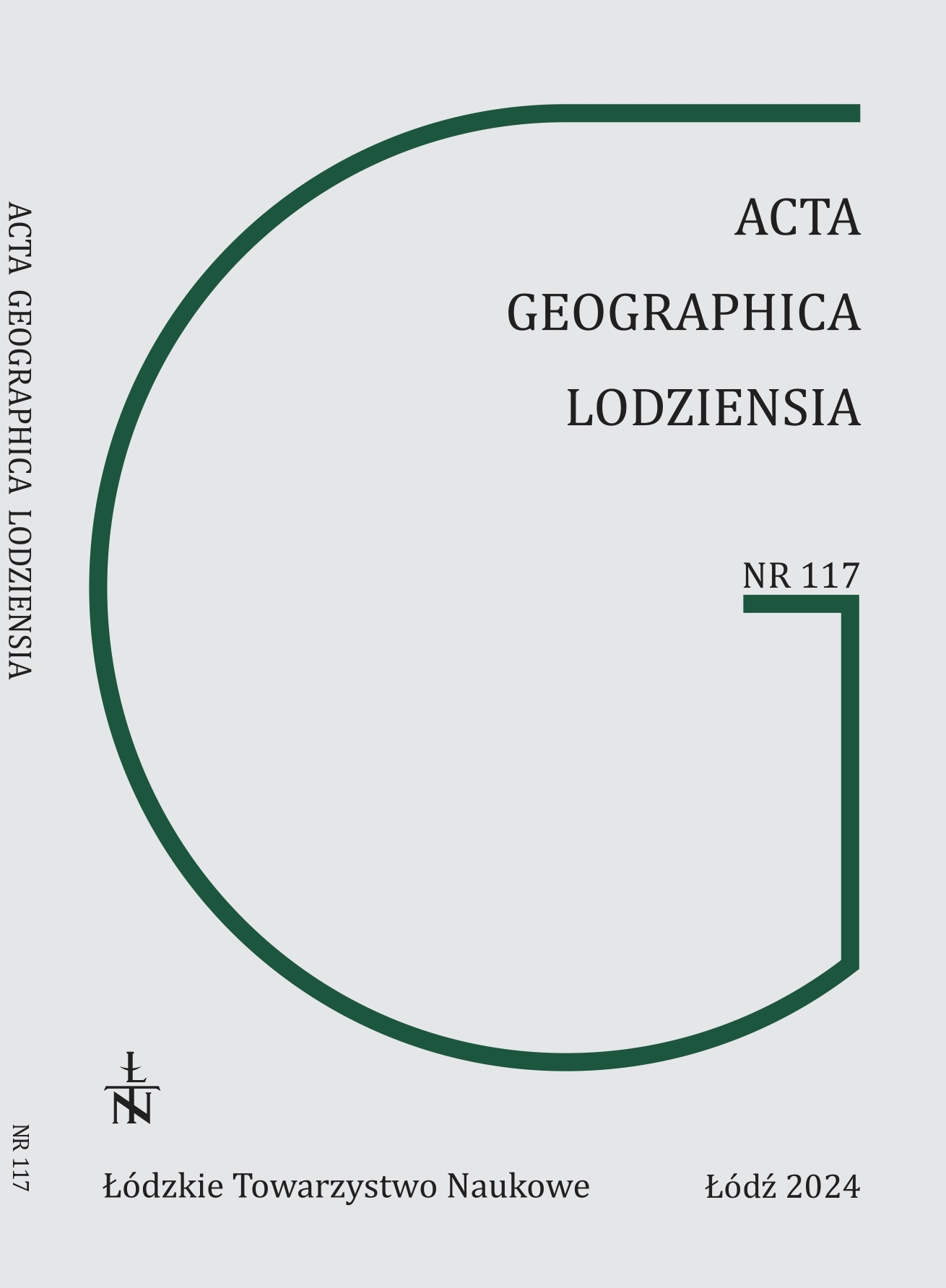Author(s): IGOR ŚNIADY,MILENA ZIĘBA,Julia WOJCIECHOWSKA,Mikołaj Majewski,Marcin SIEPAK / Language(s): English
Issue: 114/2024
The work discusses the water and sediment geochemistry of the post-reclamation Przykona water reservoir.
The analysis mainly focuses on the reservoir's through-flow nature, given that its post-mining history has not resulted
in any important contamination of its waters. In the water, cations (Na+, NH4+, K+, Ca2+ and Mg2+) and anions (Cl−, NO3−, NO2−
and SO42−) were examined using ion chromatography (IC). Metals (Al, As, Cd, Cr, Cu, Fe, Mn, Ni, Pb and Zn) in the water
and sediment were analysed using inductively coupled plasma mass spectrometry (ICP-QQQ). Extractions with 3 mol/L HCl
were used to prepare sediment samples. It was shown that the Teleszyna River waters on the side of its inflow have significantly
higher contents of all elements than do the reservoir waters. In addition, CA chemometric analysis allowed the samples
to be divided into two groups. The first included samples from the Teleszyna River inflow and those closest to it, while
the second included samples from the river outflow and those close to it. A comparison of elemental concentrations
in the reservoir's waters and the river inflow and outflow indicate that the river's waters undergo purification as they flow
through the reservoir. This is confirmed by analysis of metals in bottom sediments at the Teleszyna River inflow, where sedi-
mentation of metals transported by the river takes place. In addition, calculations of the Igeo, CF and PLI indices clearly con-
firmed the lack of toxicity of the deposited metals.
More...




